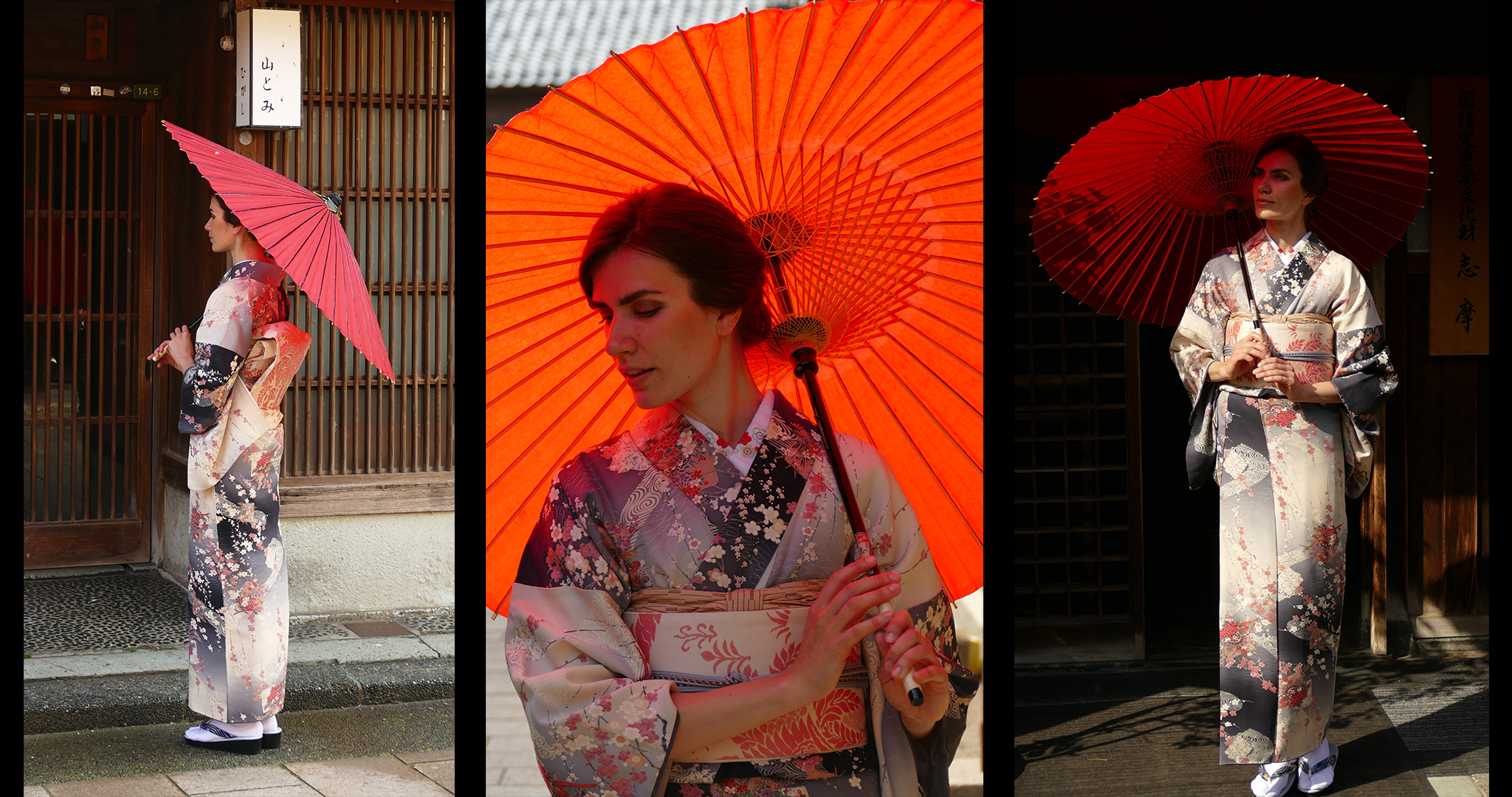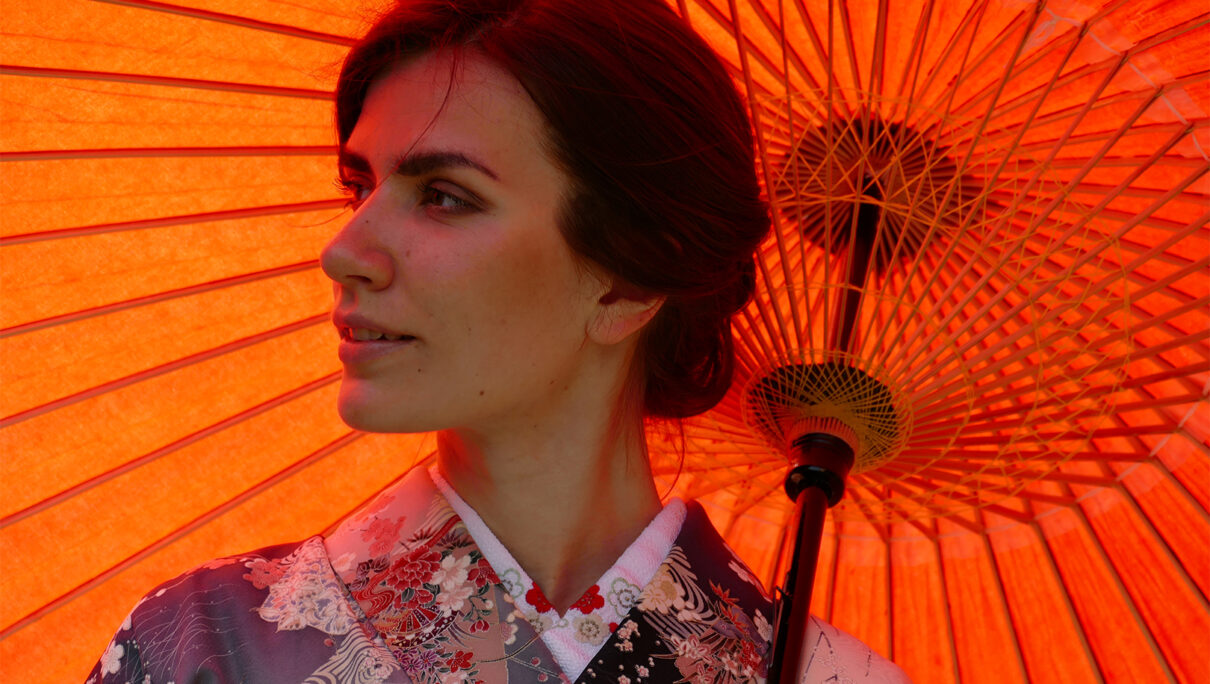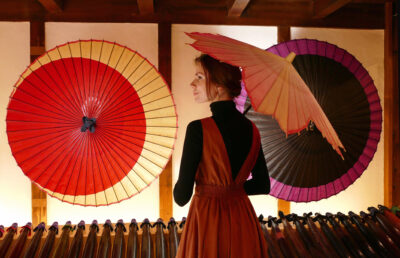This is the story of how Shokunin documentary came to be
My name is Victoria. I am the director, producer, and editor of Shokunin. What started as a passion project, quickly took over my life, and I’ve been working on this docuseries for a year now.
Originally from Ukraine, I’ve been living in Spain for over a decade, where I studied Communication and Audiovisual Production. I first visited Japan in 2017 and instantly fell in love with its culture. Prior to the pandemic, I have travelled Japan extensively, and have had a chance to witness first-hand how many prized craftworks are created: the washi paper in Mino, wagasa umbrellas in Gifu, kaba-zaiku in Kakunodate, pottery in Tottori, kaga-yuzen in Kanazawa, Edo kiriko in Tokyo, and more. While the country remained closed to international tourists, I’ve met many foreigners who were practicing traditional Japanese crafts in their homes. Without having any connections to Japan aside from a keen interest in its culture, these people were dedicating their lives to studying and preserving centuries-old Japanese techniques. I was impressed by their commitment and wanted to share their stories with the rest of the world.
I realize that the audiences may have contradictory feelings about this subject. Some believe that only a native-born Japanese can adequately understand the intricacies of Japanese traditions. Some may even interpret these valiant efforts as cultural appropriation. I, for one, believe that anyone can appreciate, study, and even master techniques from a different culture. Japan itself is a great example of that: many foreign methods were successfully borrowed, adapted and many times improved in the Land of the Rising Sun. The Japanese encourage visitors to participate in cultural activities and often take pride in their interest towards traditional arts and crafts. In an increasingly interconnected world, cultural exchange is incredibly important, and I hope that we can continue to share, learn from one another, and evolve.

On this website, you can learn more about each individual shokunin (職人 means ‘craftsman’ in Japanese) featured in the documentary and their respective fields. Further down the line, I intend to translate all information to other languages. For now, you can read more about the project in English here.
Shokunin: Japanese Arts and Crafts is far from finished. As the sole person running this project, I’ve personally recorded and edited all footage. The next steps are to finalize sound, color, and visual effects; submit the documentary to film festivals, get in touch with cultural organizations, and carry out promotional work. This takes time and resources, which is why I’ll be running a fundraising campaign to cover at least some costs of post-production and distribution. If you want to help this documentary reach more people, please consider getting involved – find out more.
In the next post, I’ll talk about the current state of traditional arts and crafts in Japan and share some alarming statistics. Consider subscribing to our newsletter to get notified whenever a new post is out.


